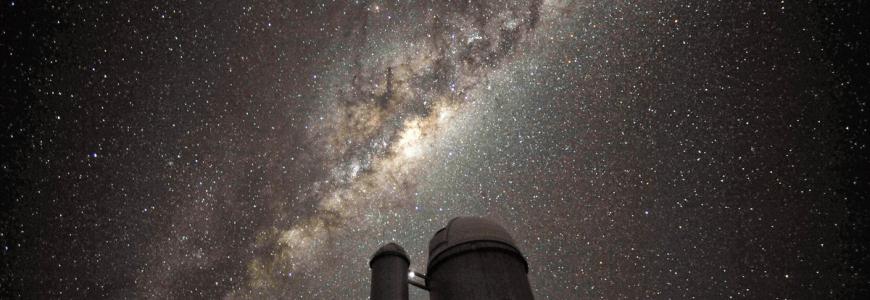The Tumultuous Milky Way and Its Satellite Galaxies
The Public Science Lectures
August 23, 2011 Boston University College of Arts and Sciences
Elena D'Onghia, Ph.D., Keck Fellow, Harvard-Smithsonian Center for Astrophysics
How do spiral galaxies like our Milky Way form? Current theories favor the idea that large galaxies grow by swallowing neighboring dwarf galaxies. During this process, the dwarf galaxies become severely distorted, producing streams of stars and gas. The Magellanic Stream of gas and the stellar stream associated with the Sagittarius dwarf galaxy consist of debris torn from satellites have been interacting with other dwarfs or with the Milky Way in our local group of galaxies.
Using state-of-the-art simulations, Dr. D'Onghia demonstrates how spiral galaxies and their dwarf satellites form: how dwarf galaxies distort larger spiral galaxies when they pass in the proximity of galactic disks, yielding the magnificent spiral arms that we commonly observe in many disk galaxies like the Milky Way.
some background:
Visiting Dwarfs Put Home-Grown Galaxies in the Shade (New Scientist, Oct 12, 2008)
Big Dwarf Galaxies Steal Small Ones' Stars (New Scientist, July 29, 2009)
Editor's Summary: Why Dwarf Spheroidal Galaxies Consist Mainly of Dark Matter (Nature, July 30, 2009)

